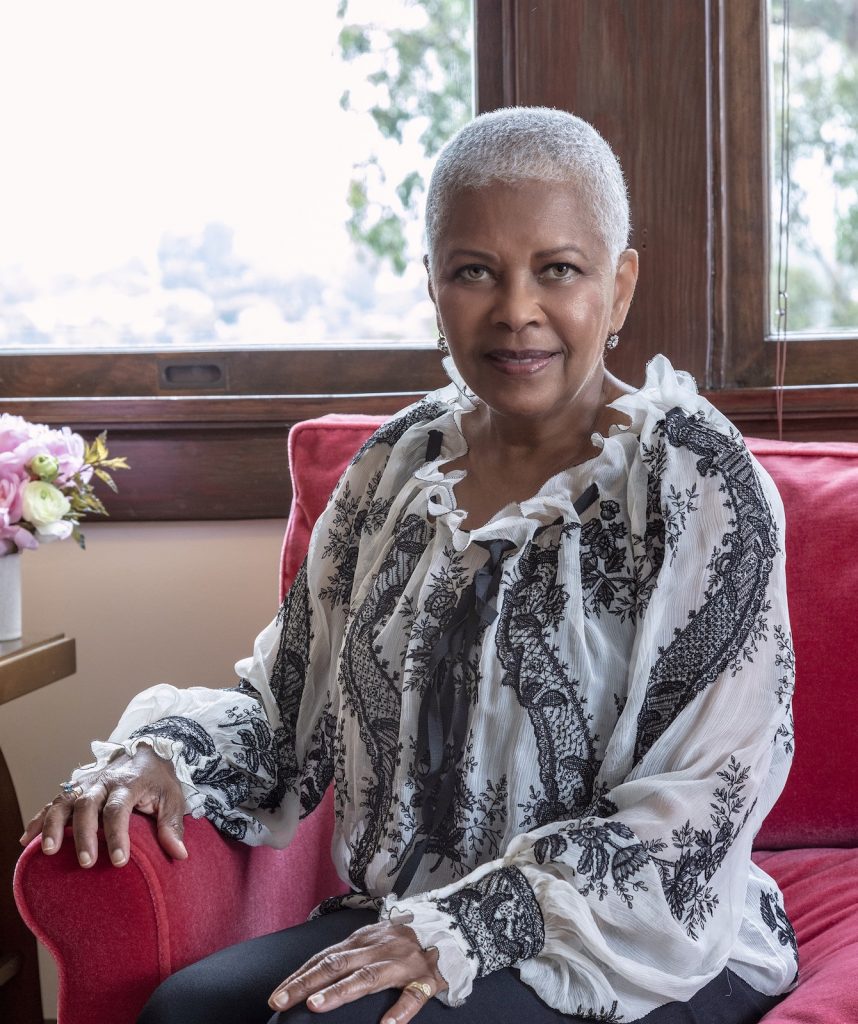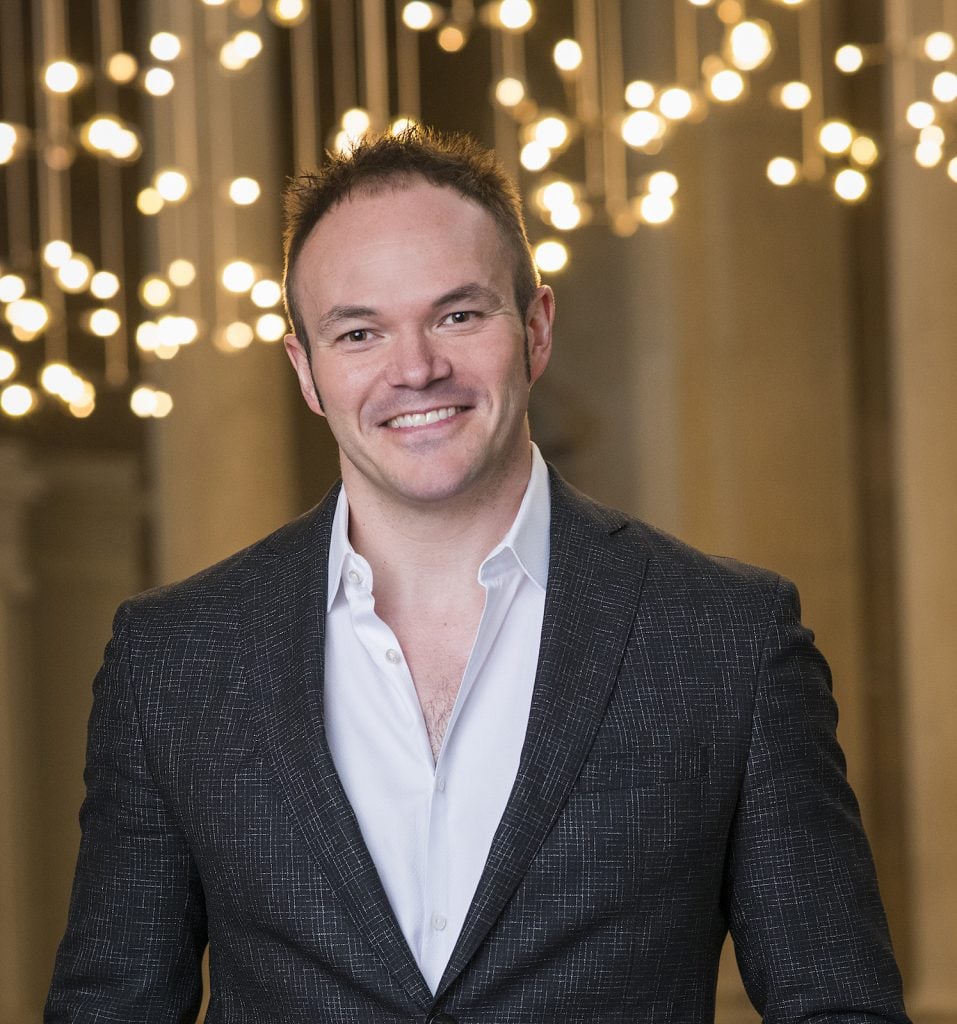The Baltimore Museum of Art sparked a national conversation about deaccessioning last year when it proposed—and then ultimately called off—plans to sell a group of multimillion-dollar works from its collection to fund diversity and equity initiatives.
Today, the museum announced three sizable gifts toward the same goal. Totaling $1.5 million, the amount is a far cry from the $65 million the museum anticipated it would raise for its so-called “Endowment for the Future” through deaccessioning. But it heralds the arrival of at least one high-profile new supporter—philanthropist and art collector Eileen Harris Norton—who was not put off by the museum’s initial controversial approach. (Half of Norton’s $1 million gift will go into an endowment; half will be used in the coming three years.)
Meanwhile, the Rouse Company Foundation, the charitable arm of a Maryland real estate development company, has given $350,000 to enable the museum to stay open until 9 p.m. one night each week for 16 months.
Finally, former automobile dealer Jeffrey Legum and his wife Harriet, longtime supporters of the museum, are giving $110,000 in order to raise salaries for hourly workers from $13.50 to $15. This change went into effect at the beginning of February, benefitting more than 50 employees.

Eileen Harris Norton. Photo Joshua White. Courtesy Eileen Harris Norton.
The museum has also announced that Johnnetta Betsch Cole, the former director of the Smithsonian National Museum of African Art and the former president of Spelman College who joined the museum as pro bono special counsel last spring, will establish an in-house task force on equity.
The financial gifts support the diversity goals put forth by the institution’s swashbuckling director, Christopher Bedford, who has made headlines by organizing a year of exhibitions and acquisitions solely by female-identifying artists and selling artworks by canonical white male artists in order to acquire works by women and artists of color.
The museum pushed the envelope yet again last year, when it attempted to take advantage of temporarily relaxed rules by the governing Association of Art Museum Directors (AAMD), which allow institutions suffering from pandemic-induced budgetary shortfalls to use proceeds from art sales for operating costs rather than exclusively to buy more art. The BMA pulled the plug after its loose interpretation of the new rules was subject to an indirect reproach by the AAMD.
On the occasion of the new gifts, Bedford spoke to Artnet News about how boards can’t solve all museums’ problems, how making headlines can be the right thing to do, and why he is not discouraged by last year’s speed bumps.
You have several gifts coming from board members and outside philanthropists that will help you achieve your diversity and equity goals. Boards and major donors are always essential to any museum’s operations, but in this moment of great challenge, some are calling on boards to step up yet further. They’re asking, why should museums have to sell art when they have boards to support them?
Boards are completely essential to the way museums function. They help set the vision and they provide governance, oversight, wisdom, and financial support. Board contributions are what help museums meet their mission. From an outsider’s perspective, the call for apparently extraordinarily wealthy board members to “step up” seems logical. But those board members have been, are, and continue to step up—it [still] may not be adequate to keep the museum solvent and meet the mission.
Critics of institutions question, “Why should we sell art?” My question would be quite simply, “Why should we not?”
Museum activists have been extremely visible in demanding substantial changes within and without institutions, relative to the way we welcome and serve our public, develop cultures of diversity and equity, and the way we compensate and dignify people in the work they do. Institutions exist to serve people, employees, and audiences.
Our fundamental role is not to hoard riches, but to interpret those objects in order to provide cultural enrichment. Institutions are being called on to change our DNA, and there is nothing more important to our DNA than our collections. If the majority of institutions in this country are white-centered, which they are, then it stands to reason that the collection itself is emblematic of that bias. Why shouldn’t we be able to, in some measured and controlled fashion, access those resources to drive vision and to properly diversify and compensate staff and properly diversify collections? I’m probably in a minority at the moment in terms of posing that question.
We [ultimately] decided it would be best to remain aligned with the policies that govern our peer institutions. But I think it’s our job to agitate for positive change. When conservative voices say we should never open Pandora’s box, I say, why not?

The Baltimore Museum of Art. Courtesy of the Baltimore Museum of Art.
You’ll be working with an outside DEAI consultant, the Empathetic Museum, which comprises veteran museum administrators, exhibition designers, and human resources experts, as well as Johnnetta Betsch Cole. Tell me about how you selected them, and as much as you can about exactly what they’ll be doing. I think these things are a bit hard to imagine for those outside the museum’s walls.
I can give you some broad strokes with some contingencies and provisos. Our DEAI program is structured around a $3 million social goal. $500,000 is a spend-down fund to help us move through a diagnostic phase, to develop a road map, and probably to develop an outward-facing DEAI statement that makes clear how this museum defines that work and how we’ve gone about creating our internal culture. We have a board oversight group that will work alongside the staff group with stewardship from the Empathetic Museum.
Johnnetta Cole is in a pro bono role providing strategic oversight. She is one of the most trusted voices in the field in determining what a truly diverse and equitable institution looks like. She’s been doing that work for over a half a century.
Part of what we’ve learned is that it’s essential to acknowledge as an institution what you don’t know. This is something the Empathetic Museum will help our institution with. From the perspective of a white employee of the museum, myself included, it’s important to understand how you might unwittingly participate in an atmosphere that’s not ethical for employees of color or an otherwise diverse population within our walls.
The purpose of working with the Empathetic Museum is to meet together as a family, and I use that phrase advisedly and loosely, and speak with unvarnished candor about where we are and how we can do better and develop a road map, over years, to achieve the culture we imagine. The Empathetic Museum will do that work over about nine months. The endowed fund will help us to sustain that constant culture of self-analysis. Truly, the work is never done.
The $1 million that was given to support that effort initially comes from Eileen Harris Norton, who I hold in the highest conceivable esteem as a philanthropist and a collector. I got to know her through [artist] Mark Bradford. She is a co-founder with him of [Bradford’s Los Angeles nonprofit] Art + Practice, which is in many ways a model for what the BMA is trying to become. So the fact that she would step into the breach not as a board member, but as a tried and true supporter of this work to provide seed money for a DEAI endowment is extraordinarily appropriate.
You’ve been good at identifying headline-making solutions to intractable problems (like selling the work of white male artists to fund acquisitions of works by women and artists of color, and planning an all-female year of exhibitions and acquisitions). But you could be criticized for seizing on ideas that seem transformational but are actually cosmetic. What do you consider the value of institutional statements like a female-only year of shows as opposed to something quieter that might be longer-term?
I think the moves we make, whether they make headlines or not, are systemic, and they are sustainable over time and they substantially shift the function of our institution. It’s no accident that the statements we make are intended to name the problems. In loudly naming them, it makes them fertile discursive points for everyone else.
For instance, committing to a year of exhibitions and acquisitions and public programs of female-identifying artists called attention to the fact that our collection is 96 percent male, and we’ve been existence for 107 years. There’s no way that could reflect a true and just research-based art history. That’s unexamined systemic bias over more than a century. Our methods are intended to call loud attention to that fact.
One criticism would be, if you commit to a year, what’s that going to do to the 96 percent? I would say, one: The work is never done. We’ll keep going. Two: The work we’re buying is so major that it will substantially shift what we’re showing in the galleries and thus the story we are telling.
You’re a keynote speaker at an upcoming Syracuse University conference “Deaccessioning After 2020.” Can you give us a glimpse at what we’ll learn?
The conference looks extraordinary, with speakers ranging from [the National Gallery of Art’s] Kaywin Feldman to [MoMA’s] Glenn Lowry, and the artists involved too are unbelievably impressive. Clearly, they’ve adopted a Supreme Court approach to litigating deaccessioning, with some very left-leaning voices, some middle-of-the-road, and some very conservative.
I think it is absolutely the case that all of us want to see our institutions make progress and gain relevance and meet needs. The question is, what means do we want to achieve that and how quickly do we want those changes to come about?
I want to see that change now, and part of the reason is, it’s so many decades, if not centuries, overdue that the idea of moving slowly and cautiously is, I think, a little tone-deaf to the urgency of the present moment, when activist voices are calling, justly, for museums to recognize what we haven’t been doing and move quickly to remedy that.
Mine is a careful dance of saying, I am very committed to the field and I want to be a part of the group that wants to thoughtfully change the agenda, while also saying there are aspects of the way that museums work historically that I disagree with on a 40,000-foot level. It’s important to stretch the conversation. Even if my position is not the governing position, the harder people push, the more it moves to the center.









